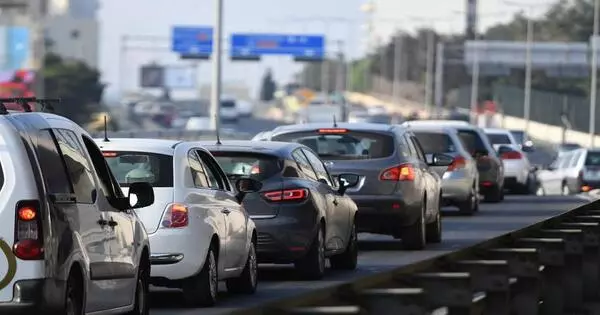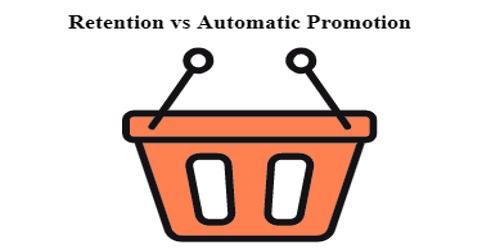Increased use of motor vehicles indicates increased development and prosperity in the country. Because of increased incomes or profits, consumers and businesses would prefer to purchase and use these vehicles. Consumers want the increased mobility and convenience that cars can provide, while businesses require vehicles to deliver goods, services, and clients.
However, as the number of vehicles increases, so do the problems. The first and most visible effect will be congested streets and traffic jams. Unless the government acts quickly, the infrastructure will be unable to cope with the increased number of vehicles on the roads. More roads, highways, traffic cops, and controls such as traffic lights will be required.
Traffic jams will negate the mobility that vehicles are supposed to provide. Productivity will suffer as a result of wasted hours spent waiting in stalled vehicles. People will have to leave for work or school earlier and return home later. There will also be a psychological impact from citizens’ frustration with traffic jams and air and noise pollution. Politicians and authorities would have to consider corrective measures such as improved transportation systems such as the light rail system.
The transportation sector consumes the majority of the world’s petroleum and is one of the major contributors to global greenhouse gas emissions. It also has a high level of air pollution. Cars contribute significantly to air pollution by emitting significant amounts of nitrogen oxides, carbon monoxide, and particulate matter. Fuel consumption and emissions of air pollution and greenhouse gases account for 80-90 percent of a car’s environmental impact. Particulate matter in the air alone causes up to 30,000 premature deaths each year.
With increased vehicle use, there will be an increase in air pollution. Vehicles that emit fumes and waste products pollute the environment. Large cities such as Mexico City and Los Angeles occasionally have permanent smog in the air. Oxygen levels will fall. Citizens in Tokyo are encouraged to purchase and use oxygen masks. To protect their lungs, traffic cops in Mexico and Bangkok wear face masks. Increasing levels of chlorofluorocarbons (CFCs) emitted pierce the ozone layer, resulting in the greenhouse effect and a slew of environmental issues.
Governments have recognized this and taken steps to limit the growth of vehicles that stifle the very economic growth that they were supposed to promote. Some of the measures implemented by the authorities include restricted traffic zones and controlled vehicle licenses. All of these measures are in place in our country to ensure a smoother traffic flow and a cleaner environment.
On the plus side, governments have benefited from revenue generated by motor vehicle taxes. Foreign countries that export automobiles regard the automobile industry as a critical growth engine. However, it is possible that the foreigners who export these vehicles to the countries do not enjoy visiting their capital cities. Bangkok is one example, where tourists and businesspeople are discouraged from visiting due to massive traffic jams. Thus, these are some of the consequences of increased vehicle use.
Emissions from motor vehicles contribute to ambient levels of air toxics that are known or suspected to be human or animal carcinogens. Noncancerous health effects from exposure to air toxics include neurological, cardiovascular, respiratory, reproductive, and/or immune system damage.
















